By Adam Parr –
I like to compare the weather in Colorado’s high country in a similar manner to the emotions of a woman; calm and cool one minute, hot and bothered the next. I’m kidding! Well, sort of. The point I’m attempting to illustrate here (ladies, please don’t kill me) is that much like a woman, weather conditions can be quite unpredictable, especially in the mountains. And there’s nothing wrong with unpredictability because it’s good for the soul and keeps us on our toes. Who the hell likes plain vanilla anyways?
Furthermore, the solution to all of this is simply being prepared, either with a Dove chocolate bar to calm a temperamental wife/girlfriend who has you cornered in the living room, or a windproof jacket for when the winds ferociously slice through your body three miles deep into the backcountry. Again, it all comes down to having the proper tools in your arsenal which will allow both a relationship to continue in peace or a high country elk hunt to proceed in comfort. For those of you who welcome a good suffering in both aspects of a relationship and hunting, you can stop reading this article now because you’re probably the type of person who enjoys relishing in pain. Have I made my point? Ok, good.
Although the focus of this article will be based on using Sitka Gear, the main illustration is the importance of layers and how they work together in a system to handle a wide array of conditions. Building a technical hunting clothing system is imperative for comfort and safety because you’re not always a 20-minute jaunt to the truck if shit gets real. Let’s dive into the gear I used last season for Colorado archery elk hunting and the reasoning behind each piece.
All About That Base (Layer)
Core Lightweight Crew LS – This is my “go-to” for a week long elk hunt in hot weather conditions. This shirt is a blend of polyester/spandex so it moves with you really well and is highly breathable to wick away moisture during strenuous hikes. I like to wear long sleeves for better protection while battling through gnarly brush and intense sun, as well as improved concealment during close encounters. I wear this top 95 percent of the time while hunting and scouting.
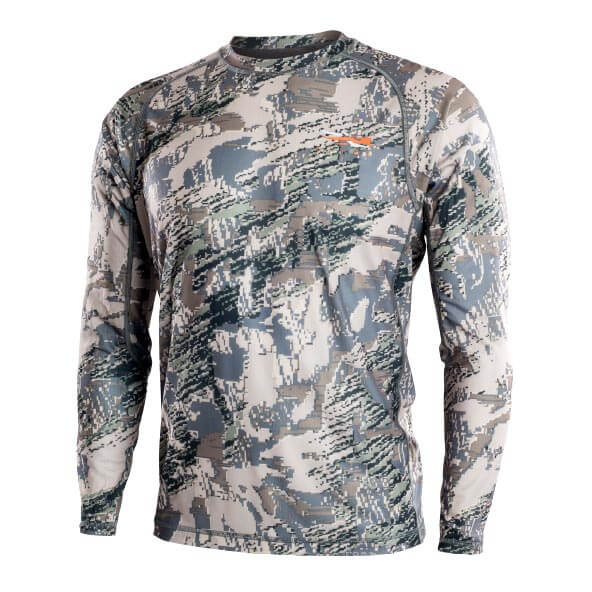
The Core Lightweight Crew LS shirt is the perfect top for early season archery elk hunting.
Core Lightweight Crew SS – This piece is the exact same as the one above but as a short sleeve version. I wear this while kicking around at camp and use it as a back up to the long sleeve in the field.
Core Lightweight Bottom – I honestly rarely wear this bottom during archery season because it’s simply too hot the majority of the time. Unless temperatures take a nose dive or I know I won’t be covering many miles on foot, this layer mainly stays at camp.
Bottoms and Pants
Lightweight Hiking Pants – This is not a Sitka item but I wore hiking pants about 90% of the time last year while elk hunting due to the hot conditions during the day. The mornings start out a bit chilly but the afternoon sun and steep terrain make these pants a must-have to keep your cool. There’s nothing fancy here but generic hiking pants are great because they are durable, breathable, and come in various earth tone colors.
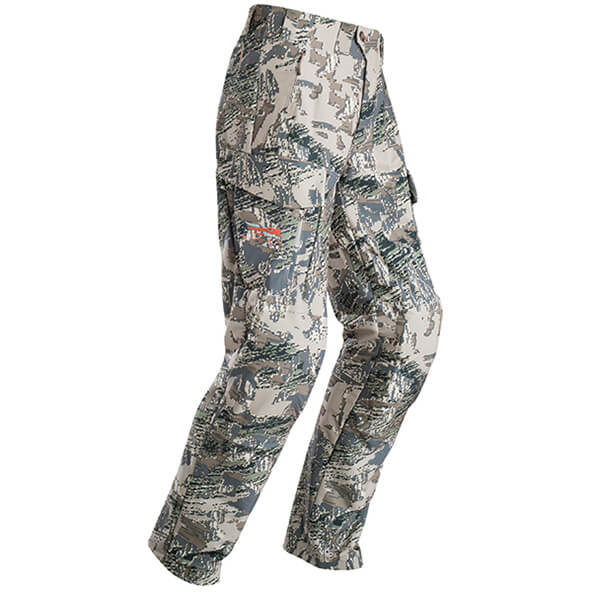
The Sitka Mountain Pant is best suited for colder temps or stationary hunting during archery season. When temperatures are hot, I prefer to wear lightweight hiking pants.
Mountain Pant – I love these pants but they are too heavy for early archery hunting when traversing miles of rugged backcountry and I knew this when buying them. I wore these only once last year but ironically enough, it was the hunt I killed my 2016 Colorado Archery Bull. The reason I wore these pants was that it was an evening hunt where I knew I was going to be setting up in a stationary position that was a short walk from the road. The best features of this pant are its built-in knee pads and thicker material for warmth when the temps drop.
Mid and Insulation Layers
Traverse Zip T – As a quarter zip design, this piece can be worn as an outer layer when the weather is mild or as an insulation layer during colder days. Again, it’s a polyester blend and also has a fleece lining, making it very comfortable while providing warmth and breathability. This is an all around solid item to have without adding a bunch of weight and taking up a lot of space in your pack.
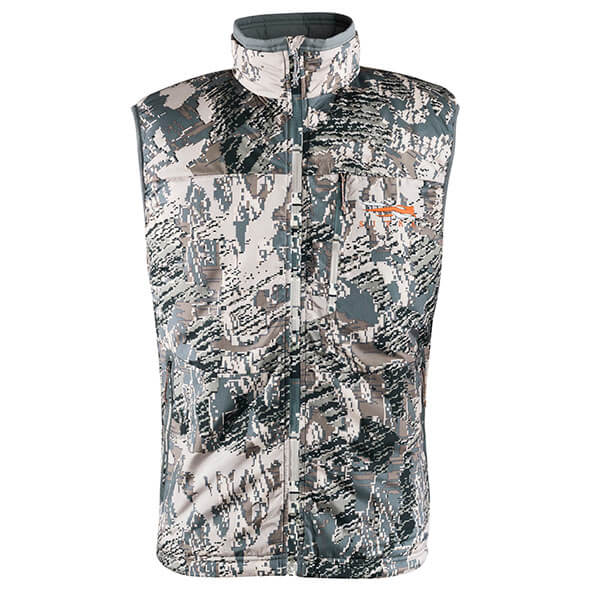
This is my favorite piece of gear and I’ll never leave the house without it. The Kelvin Lite vest provides plenty of warmth without adding bulk and weight to your system.
Kelvin Lite Vest – I love a good prima loft vest because it regulates core body heat very well without adding bulk to your arms. I wear this as an outer layer while glassing from a stationary position and an insulation layer during cold mornings and evenings. If I’m trekking through the thick brushy country, this piece stays in my pack or underneath a jacket to protect it from punctures and rips. I also use this vest as a cushy pillow for afternoon naps on the mountain or in my tent back at camp. This is my absolute favorite piece of Sitka Gear and is something I never go into the backcountry without.
Outer Layers
Jetstream Jacket – When the winds pick up and the snow starts to fall, this jacket is a must have. The outer shell protects you from the elements for those days when mother nature is unforgiving. During one of my September hunts last season, a hellish storm blew in which brought a rain/sleet mix with high winds and this jacket kept me dry and warm. Although it does provide some rain resistance, it’s really designed for blocking fierce winds. Paired with proper insulation layers, the Jetstream Jacket provides the utmost comfort in an uncomfortable situation.
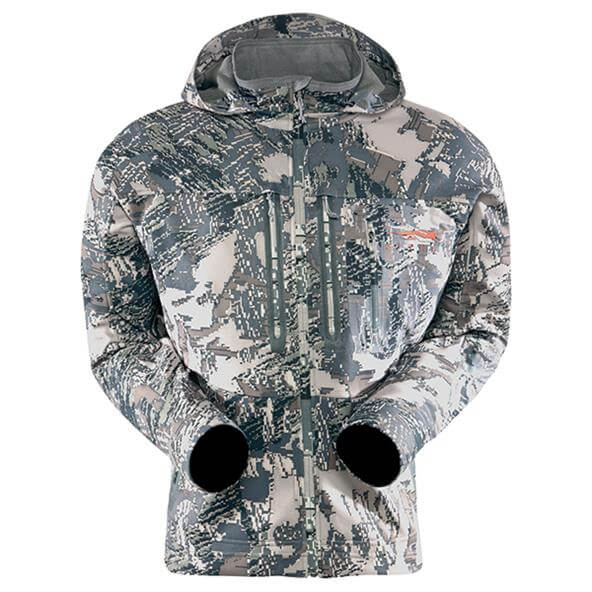
The wind can be relentless in the high country. The Jet Stream Jacket is my answer to staying warm in windy conditions.
Rain Gear – As an early season archery hunter in Colorado, rain gear doesn’t rank high on the list of necessities because most of what I have experienced for precipitation is a temporary storm that moves out as quickly as it moved in. Although I do own some cheap generic rain gear, it stays at home unless the forecast dictates extended rain in the near future. For me personally, I have no intentions of purchasing high-quality hunting rain gear because based on where and when I hunt, I feel it is simply not needed.
Hats, Gloves, and Socks
Sitka Cap – The breathability of this hat is amazing and in my opinion, is a necessity for an early season archery hunt. I’m not a big fan of wearing sunglasses so this cap keeps the sun out of my eyes and protects my face from getting burned on those clear blue sky days.
Beanie – When the sun begins to set and I hunker down into a stationary position after a long day of hiking, I switch over to a beanie. This cap is the perfect mix of weight and warmth for early-season hunting.
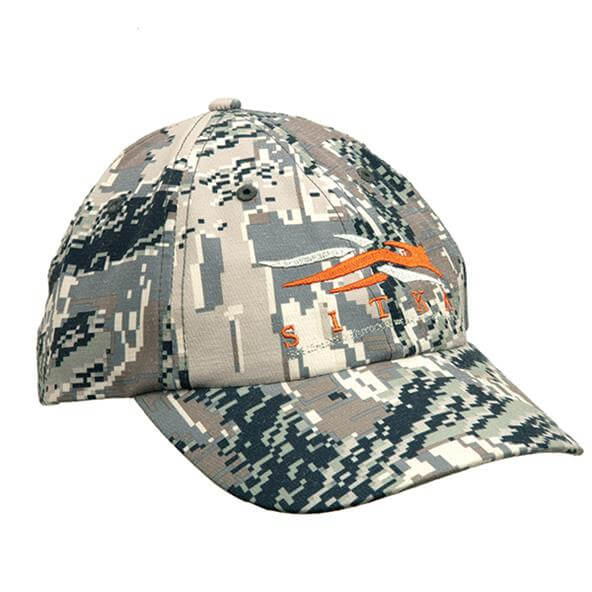
This hat lets heat escape, wicks away sweat, and keeps the sun out of your eyes while covering miles of terrain in full sun.
Traverse Gloves – Best suited for milder temps, these gloves are lightweight and durable. I wear these while busting through thick brush or ascending down a steep slope to protect my hands. These gloves are not bulky so they can also be worn while shooting a bow.
Socks – I like to stick with a merino wool sock and I’ll switch between light and medium based on the expected conditions for each day. I seem to hold preference towards medium weight socks because they provide a bit more cushioning during strenuous hikes without being overly warm.
3 Key Takeaways
-
- Cotton Is The Enemy – No matter what brand of hunting clothing you are using, the similar feature found throughout technical hunting clothing and gear is the non-existence of cotton. Cotton is heavy, holds moisture, weighs down your pack and breeds bacteria causing scent, which is never good in a hunting scenario.
-
- Layering Is Crucial – Not one piece of clothing is going to be the answer to every weather condition but using each one as an individual layer of an overall system will work for 99 percent of what is thrown at you. When it gets cold, add layers and when it gets hot, remove layers; it’s really that simple.
- Specific Gear, Not All-Purpose Gear – All purpose gear is designed to compromise, however, a well thought-out layering system with your exact hunting scenario in mind will not let you down. Each individual piece of clothing works with you throughout a range of weather conditions to keep you comfortable on extended backcountry hunts.

Specific gear meets specific needs of dedicated hunters. Make sure your layering system works for you based on your individual hunting conditions.
Final Thoughts
I’ll end this article by coming back full circle with reiterating the importance of always being prepared, not only in hunting but in every aspect of life and relationships. No matter how crazy things get, I’ve found through personal experiences that temporary emotions of any woman can be smoothed over with chocolate (it’s proven science) and the harsh conditions on the mountain can be remedied with proper clothing (it’s honest math). As much as we dread conflict with our wives and girlfriends or tough weather-related hunting conditions, at the end of the day we love them each as their own.
So whether you’re in a relationship with mother nature, a woman, or both, tell her often how beautiful she looks and have the necessary tools on hand to reconcile a sticky situation at any point in time. You will be much better off… trust me. Happy hunting and good luck this Fall!
What layering system have you found works well for you? Share your thoughts and experiences in the comments section below!
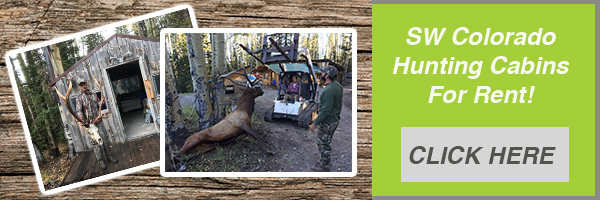

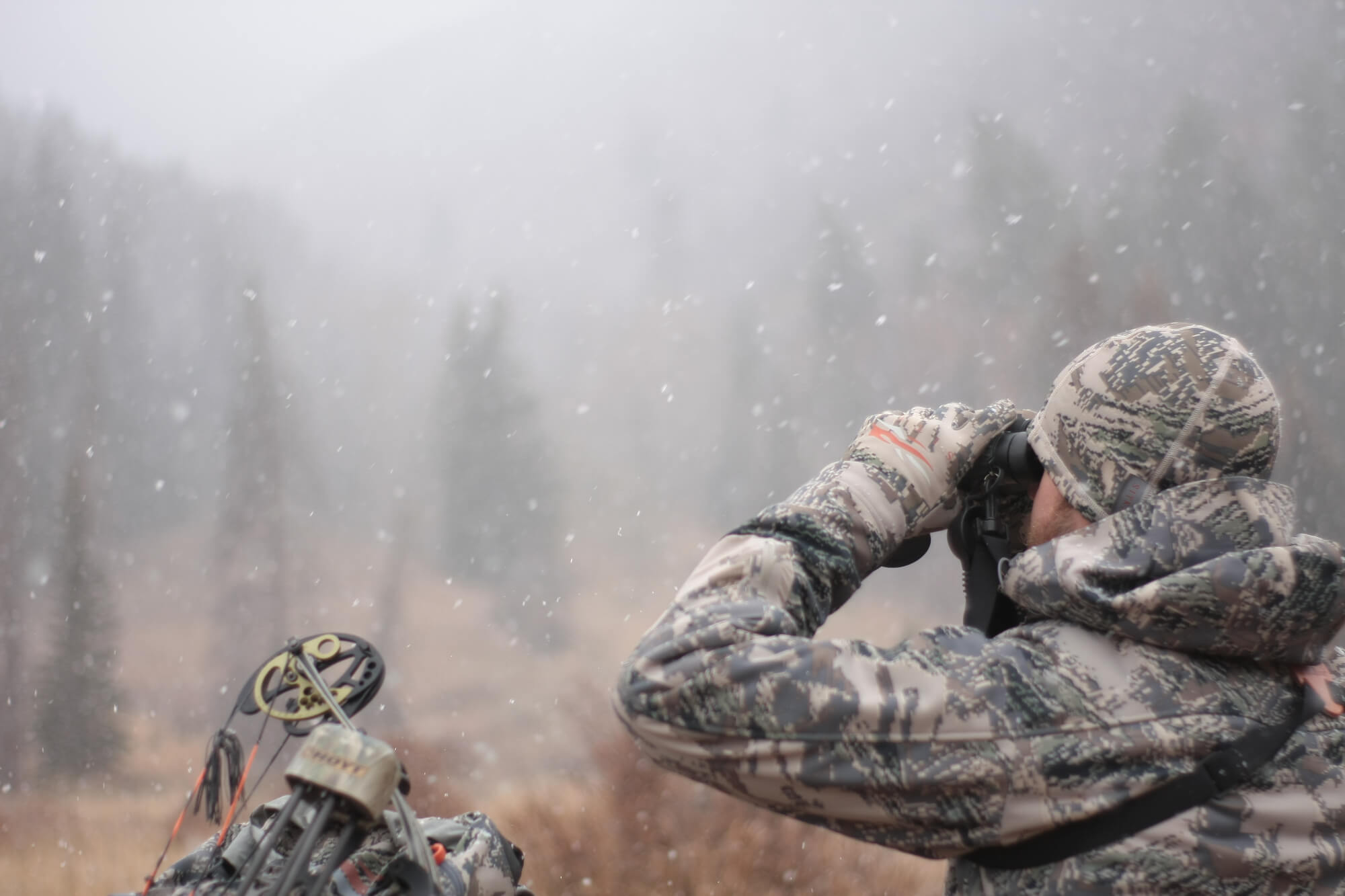


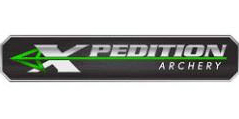


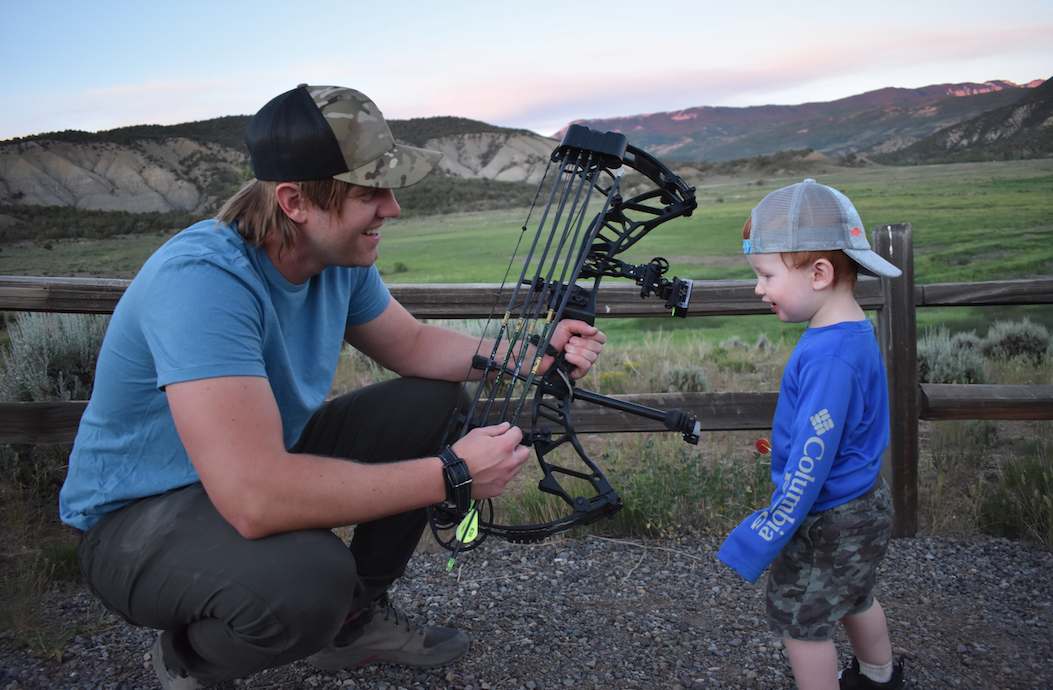
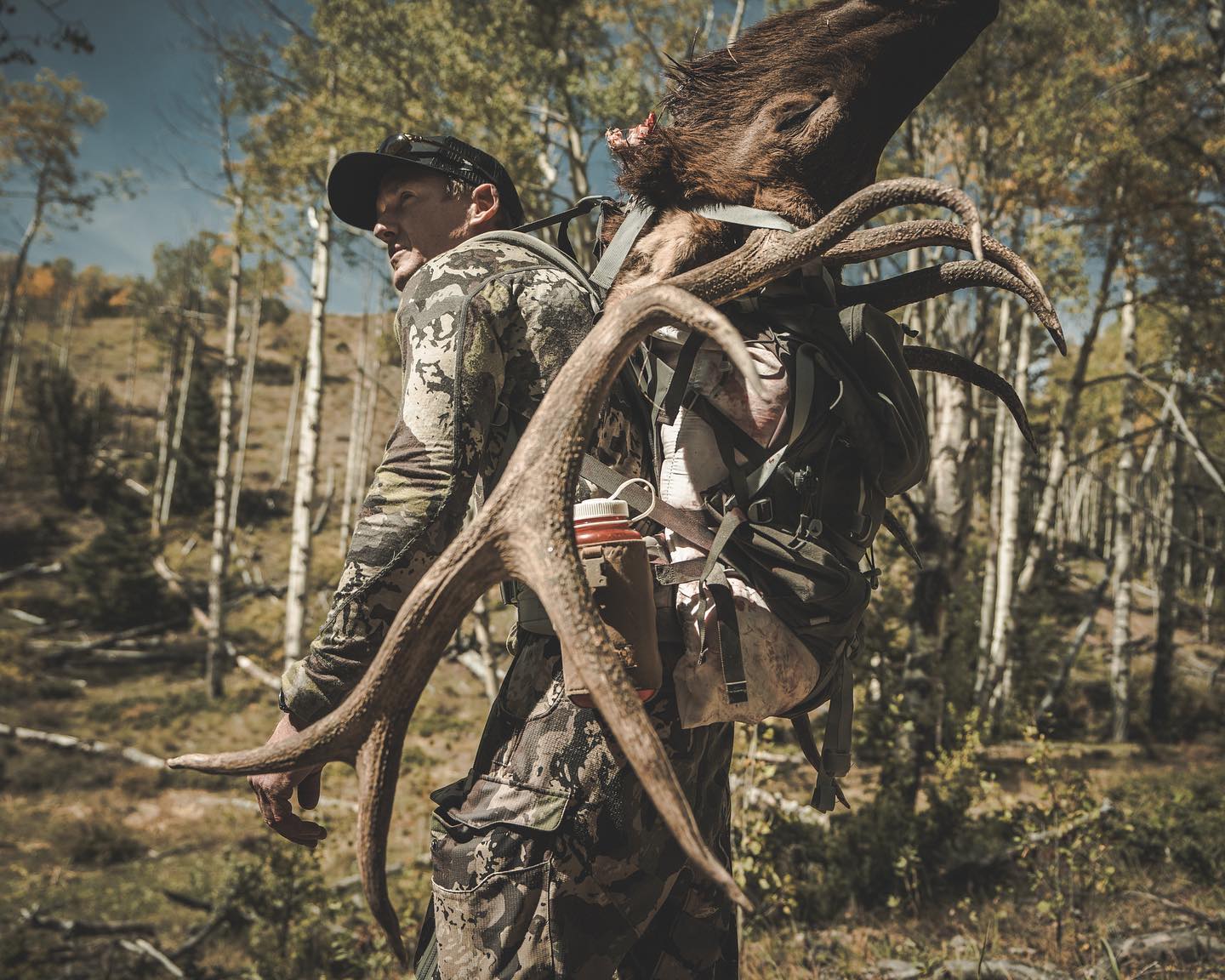
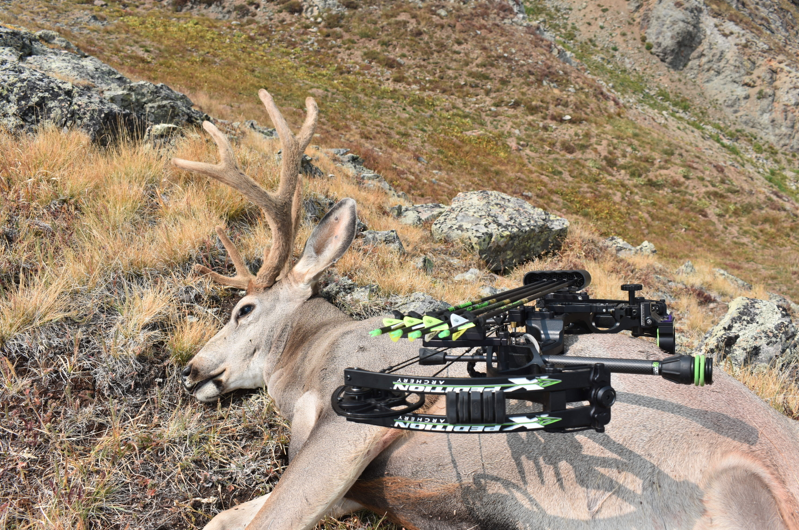
 Previous Post
Previous Post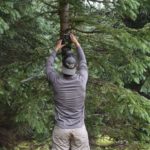 Next Post
Next Post